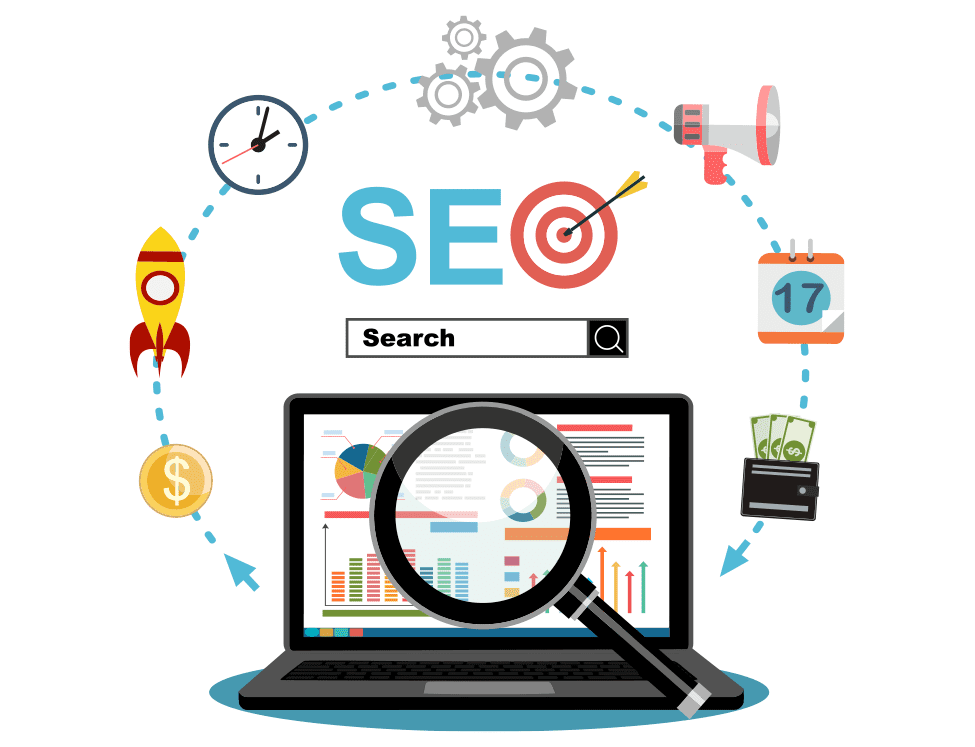



In today’s digital landscape, having a well-optimized website is crucial for businesses looking to improve their online presence. On-page SEO plays a vital role in enhancing search engine rankings, increasing organic traffic, and improving user experience. Whether you're a business owner or a digital marketer, focusing on these 17 key on-page SEO factors will help your website achieve better visibility and higher search engine rankings.
PPC advertising is a digital marketing strategy in which advertisers pay a fee each time their ad is clicked. These ads are displayed on search engine results pages (such as Google or Bing) or on websites and social media platforms (such as Facebook or LinkedIn). The goal of PPC advertising is to attract qualified traffic to your website and convert them into customers or leads.
Title tags should be compelling, concise, and keyword-rich. A well-optimized title tag increases click-through rates (CTR) and improves search engine rankings.
Write engaging and informative meta descriptions that summarize the page’s content. Including target keywords and a call-to-action can boost CTR and drive more traffic.
Create short, readable URLs with relevant keywords. Avoid using numbers, random characters, or excessive parameters to maintain clarity.
Use structured heading tags to organize your content. The H1 tag should contain the primary keyword, while subheadings (H2, H3, etc.) should be used logically for easy readability and better SEO performance.
Produce unique, informative, and engaging content that meets user intent. Avoid keyword stuffing and focus on readability, accuracy, and value.

Compress images to reduce page load time and use descriptive filenames and alt text for better search engine indexing and accessibility.
Use internal links to connect related content within your website. This helps distribute page authority and enhances user navigation.
Linking to authoritative external sources adds credibility to your content and provides additional resources for readers.
Ensure your website is responsive and optimized for mobile devices. Google prioritizes mobile-friendly websites in search rankings.
Optimizing on-page SEO factors is crucial for improving your website’s visibility and search engine rankings. By implementing these 17 strategies, you can drive more organic traffic, enhance user experience, and achieve online success. SEO is an ongoing process, so continuously monitor and refine your strategies to stay ahead in the competitive digital landscape. Start optimizing your website today and watch your search rankings soar!
© 2025 Arise Communications All Rights Reserved | Design and Developed by Arise Communications.

